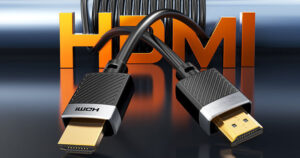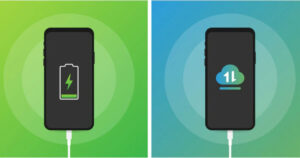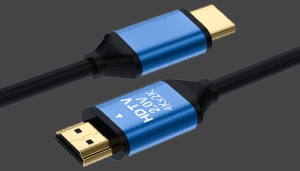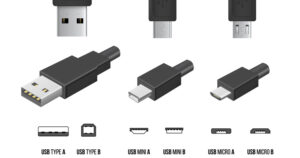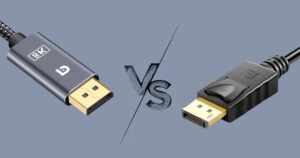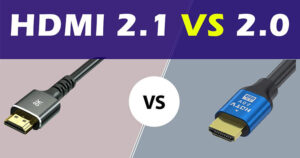
HDMI-Kabellänge und Signalqualität: Was Sie wissen müssen
Im Bereich der Heimunterhaltung und der digitalen Konnektivität sind HDMI-Kabel (High-Definition Multimedia Interface) die unbesungenen Helden, die unsere Geräte miteinander verbinden und für gestochen scharfe Bilder und beeindruckenden Klang sorgen. Ein häufiges Problem, mit dem viele Benutzer konfrontiert sind, ist jedoch die Auswirkung der HDMI-Kabellänge auf die Signalqualität. Lassen Sie uns diese entscheidende Beziehung im Detail untersuchen. Die Grundlagen der HDMI-Signalübertragung HDMI-Signale sind digital und übertragen sowohl Video- als auch Audiodaten von einem Quellgerät (z. B. einem Blu-ray-Player, einer Spielekonsole oder einem Computer) zu einem Anzeigegerät (z. B. einem Fernseher oder Monitor). Diese Signale werden in Form von elektrischen Impulsen über das Kabel übertragen. Aber


